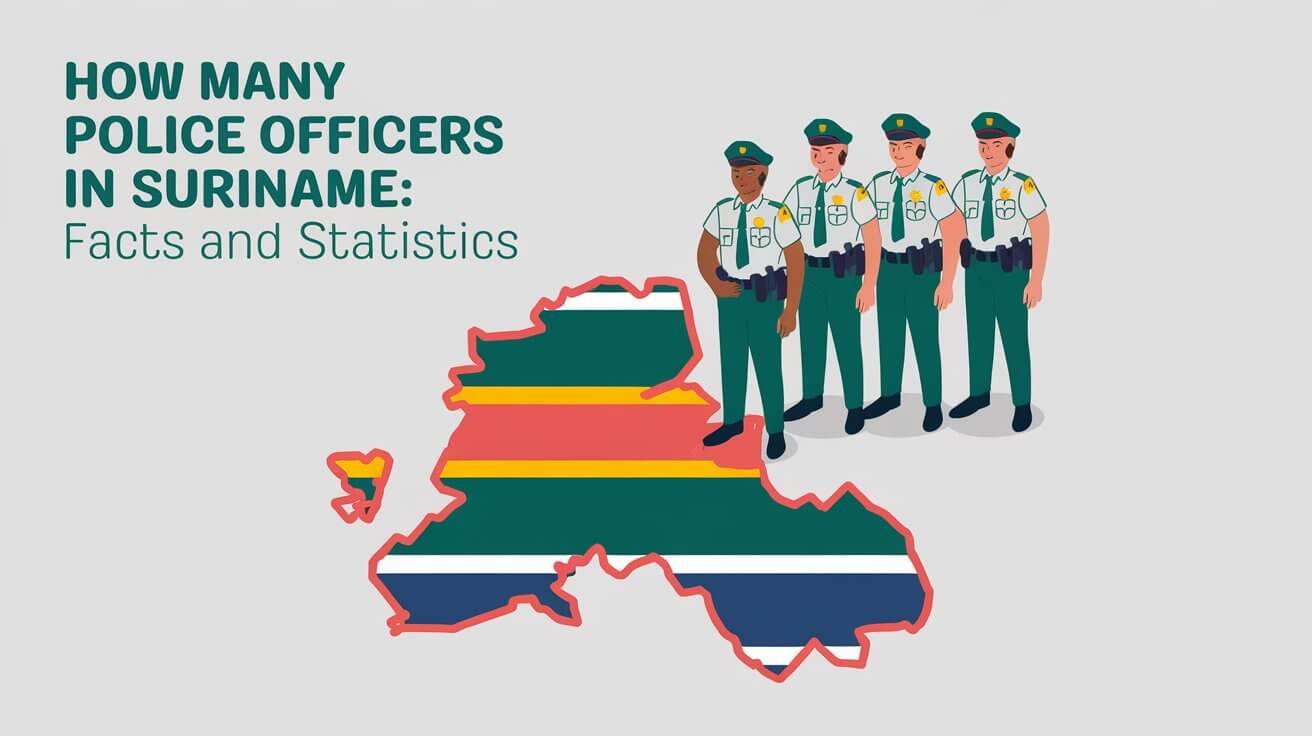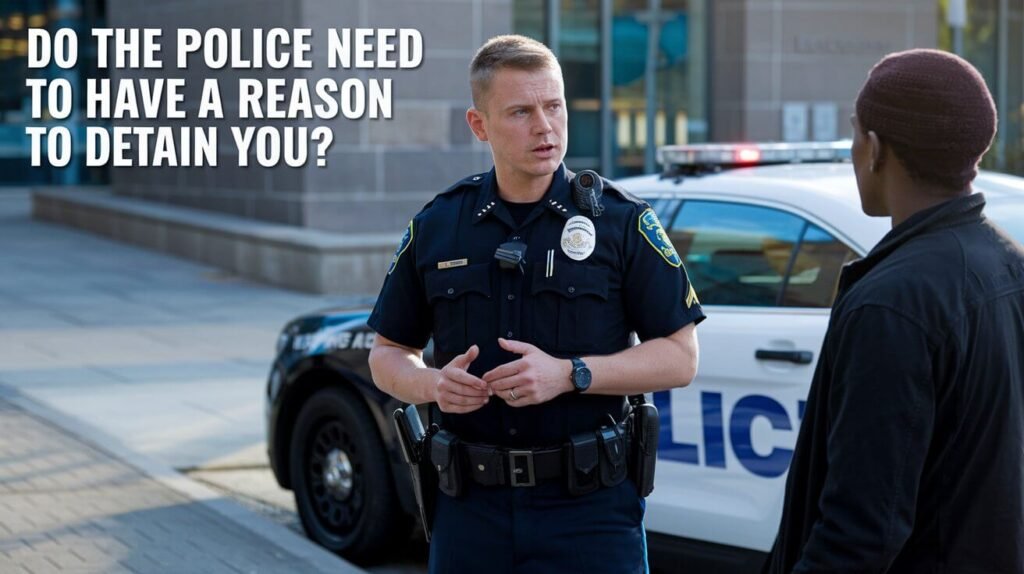So, here’s a question that might’ve crossed your mind—why is police called 12? Ever wondered where this number comes from and what it really means? The story behind this seemingly random digit is more fascinating than you’d think. Stick around, and we’ll dive deep into the history, logic, and significance of why the police are associated with this number.
You see, numbers often carry hidden meanings, and "12" is no exception. It’s not just some random number someone picked out of thin air. There’s a rich backstory tied to law enforcement, public safety, and even cultural references. Whether you’re a history buff, a curious citizen, or simply someone who likes solving mysteries, this article will give you all the answers you’ve been looking for.
But hold up—this isn’t just about the number. It’s about understanding how policing evolved over time, the role of communication systems, and why certain traditions stick around. So grab a coffee, sit back, and let’s unravel the mystery of why police are called "12."
Read also:James Mcavoy Height A Comprehensive Look At The Talented Actors Stature
Understanding the Origins: Why Police Use Number Codes
Before we dive into why police is called 12, let’s take a step back and talk about why law enforcement agencies use number codes at all. Believe it or not, these codes weren’t invented just for fun. They were designed to streamline communication in high-pressure situations where every second counts.
In the early days of policing, radio communication was clunky and slow. Officers needed quick, efficient ways to relay information without wasting time. Enter the code system—short, easy-to-remember numbers that represent specific actions, statuses, or requests. For example, "10-4" means "message received," while "10-20" refers to a location check.
Now, when it comes to "12," things get interesting. This number specifically has ties to certain police practices and protocols, which we’ll explore in detail. But first, let’s break down the broader context of how number codes revolutionized policing.
The Evolution of Police Codes
Police codes didn’t just pop up overnight. They were developed gradually, starting in the mid-20th century. In the United States, for instance, the "10-code" system became standard during the 1930s and 1940s. This system was created by Charles Hopper, a communications director for the Illinois State Police, who wanted to simplify radio communication.
Why "10-codes"? Well, back then, radios had limited bandwidth, and officers often struggled to transmit full sentences clearly. By prefixing codes with "10," Hopper ensured that each code stood out and avoided confusion with other numbers.
- 10-1: Poor reception
- 10-7: Out of service
- 10-9: Repeat message
While "10-codes" are iconic, they’re not the only system in use. Different regions and countries have their own unique codes, and some agencies have even moved away from traditional codes altogether. But one thing remains constant: the need for clear, concise communication.
Read also:How Old Is Nba Youngboy In 2025 Unveiling The Rising Stars Age Life And Legacy
Why is Police Called 12? Decoding the Number
Alright, let’s get to the heart of the matter—why is police called 12? To answer this, we need to look at both historical and practical reasons. In many jurisdictions, "12" serves as a shorthand for specific police-related activities or situations.
One theory suggests that "12" originated from early patrol schedules. Back in the day, officers often worked 12-hour shifts, and the number became synonymous with police presence. Another possibility ties "12" to specific radio codes, such as "12A," which might indicate an urgent situation requiring immediate attention.
Interestingly, the number "12" also appears in various cultural and media references. Think movies, TV shows, and even music where police are depicted using this number. Over time, these references helped cement "12" as a widely recognized symbol of law enforcement.
Regional Differences in Police Codes
It’s worth noting that the meaning of "12" can vary depending on where you are. In some areas, it might refer to a specific type of incident, while in others, it could be part of a broader code system. For example:
- In California, "12" might indicate a traffic stop.
- In New York, "12" could mean a routine patrol check.
- In Australia, "12" might refer to a missing person report.
These regional differences highlight the flexibility of police codes and how they adapt to local needs. However, the core idea remains the same: using numbers to convey information quickly and efficiently.
The Role of Technology in Modern Policing
Fast-forward to today, and technology has transformed how police communicate. While traditional number codes are still in use, modern systems like Computer-Aided Dispatch (CAD) and mobile data terminals (MDTs) have added new layers of complexity.
With CAD, officers can receive detailed information about incidents, suspects, and locations directly on their devices. MDTs allow them to access databases, run license plate checks, and even file reports from the field. These tools have made policing more efficient, but they’ve also raised questions about the future of number codes.
Will "12" and other codes eventually become obsolete? Not likely. Despite advances in technology, many officers still prefer the simplicity and familiarity of traditional codes. Plus, they serve as a valuable backup in case technology fails.
Challenges and Controversies
No system is perfect, and police codes are no exception. Critics argue that these codes can sometimes lead to misunderstandings or even misuse. For example, if an officer misinterprets a code, it could result in delayed response times or worse.
There’s also the issue of public perception. Some people feel that police codes create a sense of secrecy or exclusivity, making it harder for civilians to understand what’s happening during emergencies. To address this, many departments now offer training sessions and resources to help the public better understand these codes.
Why is Police Called 12? A Cultural Perspective
Beyond its practical applications, "12" has also become a cultural symbol of law enforcement. Movies, TV shows, and even memes often feature police officers using this number in dramatic or humorous ways. This pop culture influence has helped shape how people perceive police codes in general.
Take, for example, the popular TV series "Law & Order." In one episode, a character references "Code 12" as a way to signal danger. While this might not be an accurate representation of real-life policing, it highlights how these codes capture the public imagination.
Similarly, social media platforms like TikTok and Instagram have given rise to a new wave of content creators who use police codes as part of their humor. While some of these jokes are harmless, others can perpetuate stereotypes or misinformation. It’s a delicate balance that law enforcement agencies must navigate carefully.
Breaking Down Misconceptions
With so much information (and misinformation) floating around, it’s easy to get confused about what "12" really means. To set the record straight, here are a few common misconceptions:
- Myth: "12" is always an emergency code. Fact: Its meaning depends on the jurisdiction and context.
- Myth: Only police use "12." Fact: Fire departments and EMS also use similar codes in some areas.
- Myth: "12" is universal. Fact: Regional variations exist, and meanings can differ widely.
By understanding these nuances, we can appreciate the complexity and diversity of police codes around the world.
Why is Police Called 12? The Bottom Line
After all this, you might be wondering: What’s the real reason police are called "12"? The truth is, there’s no single answer. It’s a combination of historical tradition, practical necessity, and cultural influence that has shaped this iconic number over time.
What we do know is that "12" plays an important role in modern policing. Whether it’s used to coordinate patrols, signal emergencies, or simply streamline communication, this number continues to serve as a vital tool for law enforcement professionals everywhere.
Looking Ahead
As technology evolves, so too will the way police communicate. But one thing is certain: the legacy of "12" and other number codes will endure for years to come. After all, they represent more than just numbers—they represent the dedication, professionalism, and commitment of those who keep us safe every day.
Final Thoughts: Why is Police Called 12?
In conclusion, the question of why police is called "12" is both simple and complex. On one hand, it’s a practical solution to a communication challenge. On the other, it’s a symbol of tradition, culture, and innovation in the world of law enforcement.
So the next time you hear someone mention "12," take a moment to appreciate the rich history and meaning behind it. And if you’re inspired to learn more, don’t hesitate to explore the resources and references we’ve included throughout this article.
Oh, and before you go, here’s a little call to action for you. Drop a comment below and let us know what you think about police codes. Are they helpful, confusing, or something else entirely? Your feedback helps us create better content, so don’t be shy!
References
For those who want to dig deeper, here are some credible sources that helped inform this article:
And that’s a wrap, folks! Thanks for reading, and we’ll see you in the next one.


